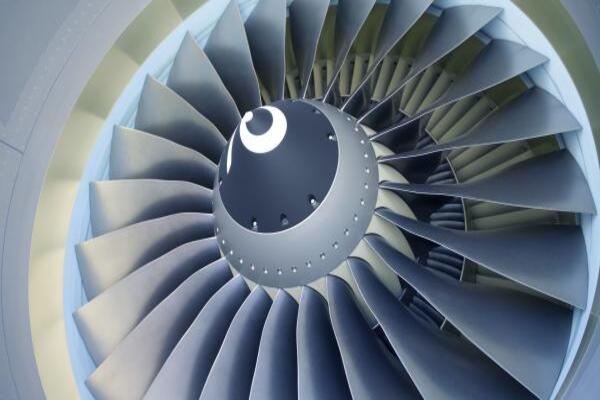We all know that airplane engines are very powerful. The bigger a plane is, the more powerful engines it needs. Besides the power requirement, of course, having more than one engine has an increasing effect on reliability.
Throughout the history of aviation, when the power of 2 engines was not sufficient for the growing aircraft size, triple-engined models were started to be produced. These models, called trijets in aviation, were the highest-capacity aircraft of their time. Boeing 727, Lockeed Tristar, MD-11, DC-10, and Tupolev 154 are good examples of trijets that are still flying, albeit few in number.
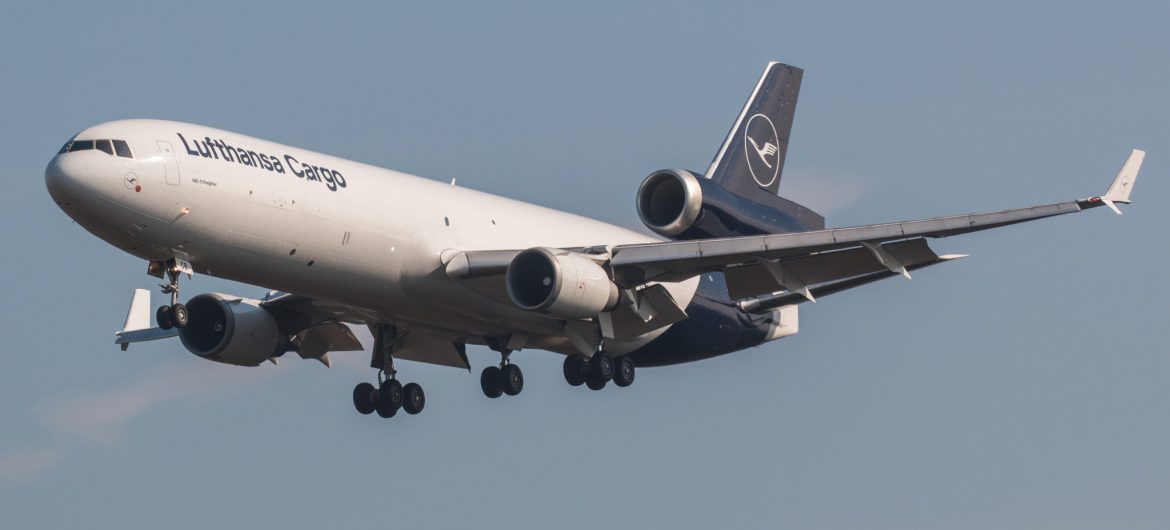
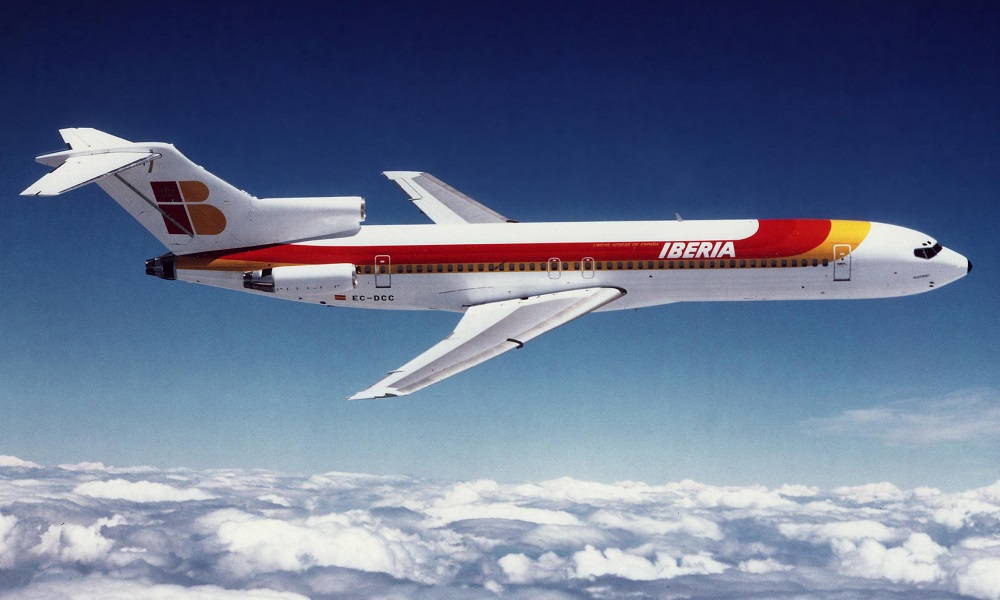
McDonnell Douglas DC-10 Boeing 727
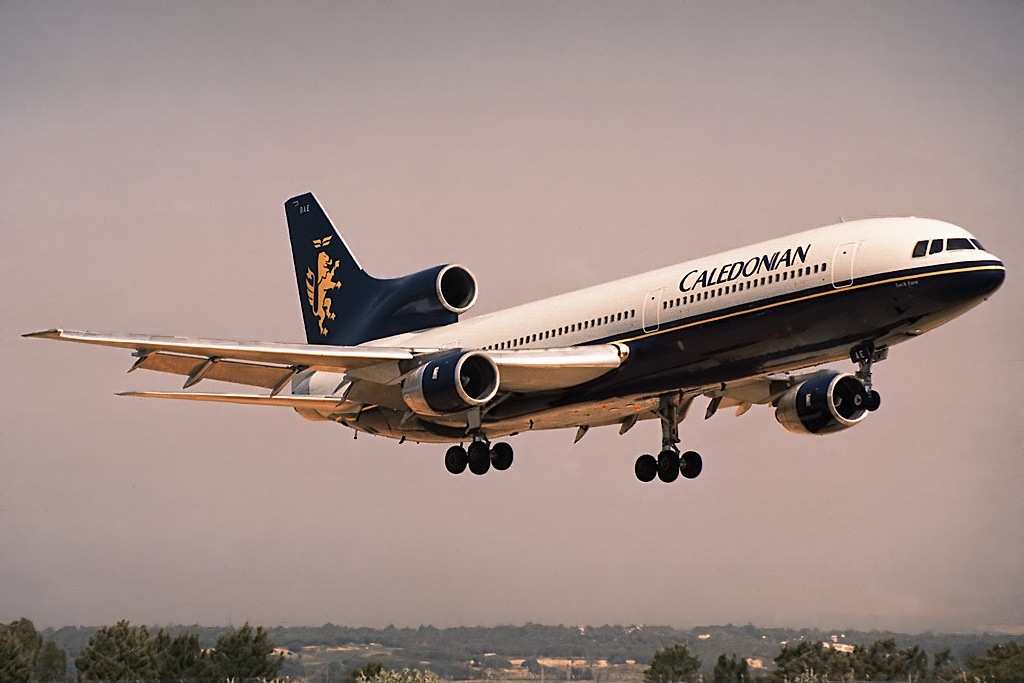
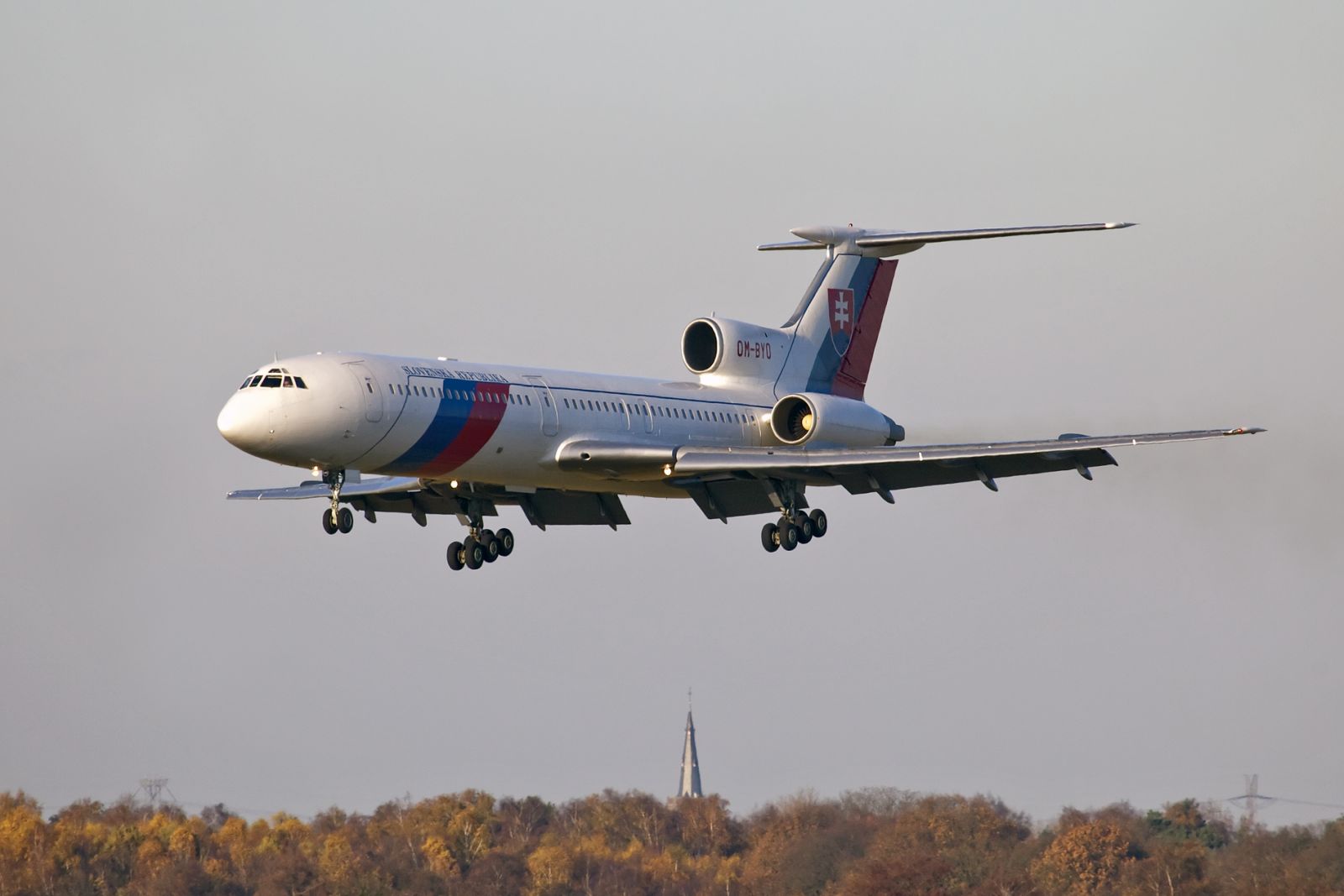
Lockeed Tristar Tupolev 154

McDonnell Douglas MD-11
Trijets also had their own problems. The most common of these is that the engine under the vertical stabilizer has the risk of stall during take-off. The difficulty of access required for periodic maintenance is another challenge. Beyond that, many additional fuel, hydraulic, electrical and pneumatic lines that had to go to the tail-engine meant additional weight and potential maintenance (failure) problems. Unlike engines located under the wings, fuel has to be pumped into the tail engines above the level of the fuel tanks inside the wings, against gravity.
The reign of four-engine giants (sometimes called a quadjet) began with the Boeing 747 model, in which the carrying capacities of these models were carried to even a higher level. The propulsion required for huge aircrafts such as the new generation Boeing 747 or Airbus A380 can only be produced with 4 engines. However, while 4 engines maximize safety and power, they also increase additional weight and maintenance/repair costs at the same rate.
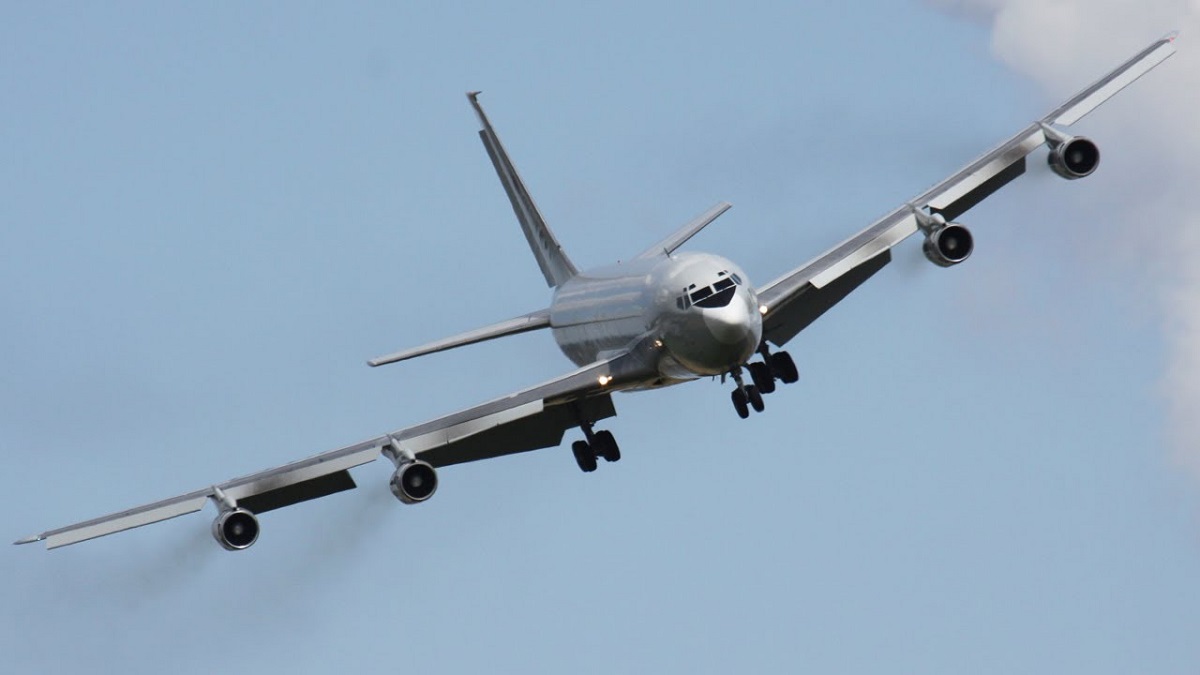
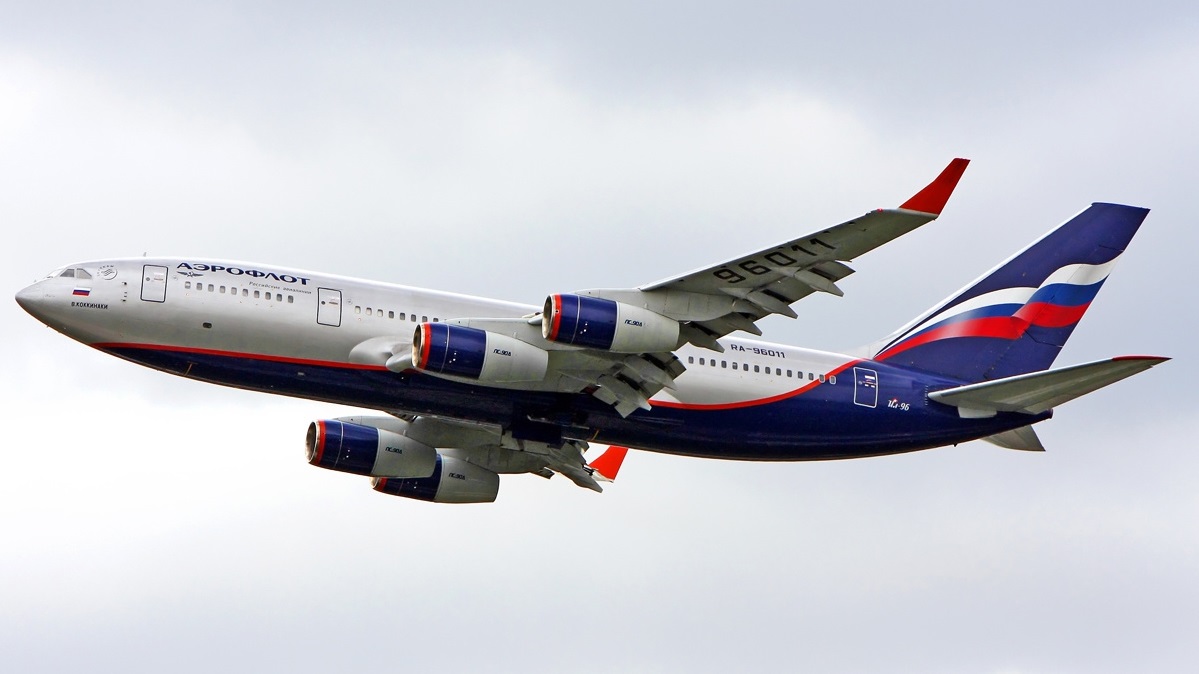
Boeing 707 Ilyushin 96
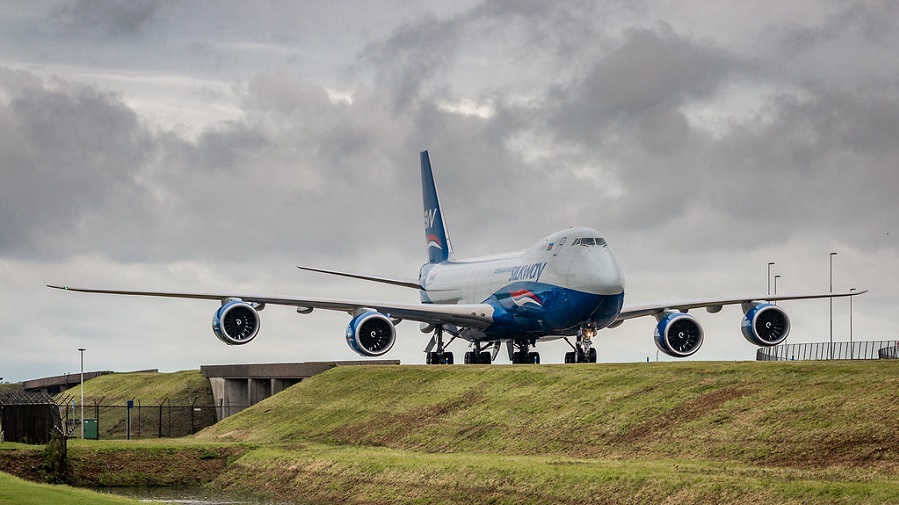
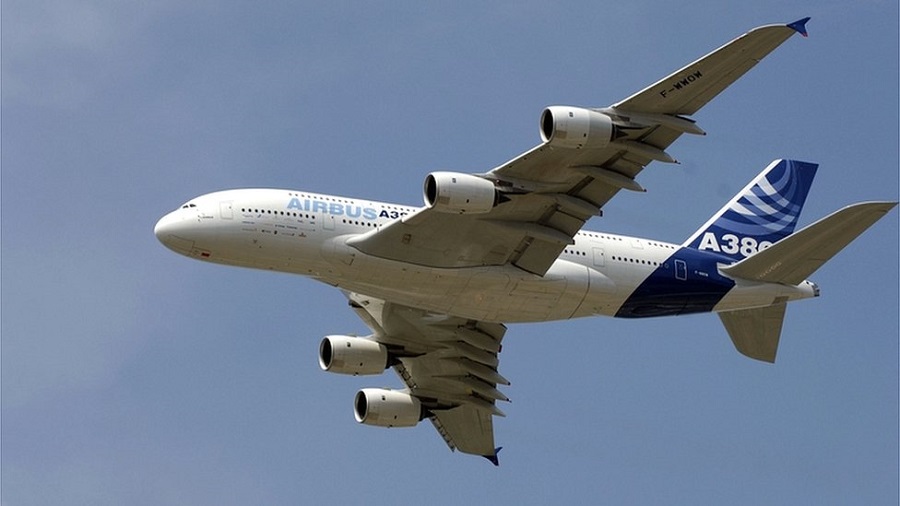
Boeing 747 Airbus 380
In the following years, increasing competition, decreasing profitability and prolonged travel times have now forced the production of solutions other than increasing the number of engines. At this point, Boeing 777 had come up with the ideal solution. Moreover, it was able to achieve this with only 2 engines. You can read the story of aircraft engines, which reached the point that passed into the Guiness record book, in our article titled The Record-Breaking Engine: GE9X.
However, the current capacity of the Boeing 777 was not enough to replace the retired Boeing 747s. To meet this demand, it was inevitable to increase the capacity of the Boeing 777 and the Boeing 777-9 model appeared.
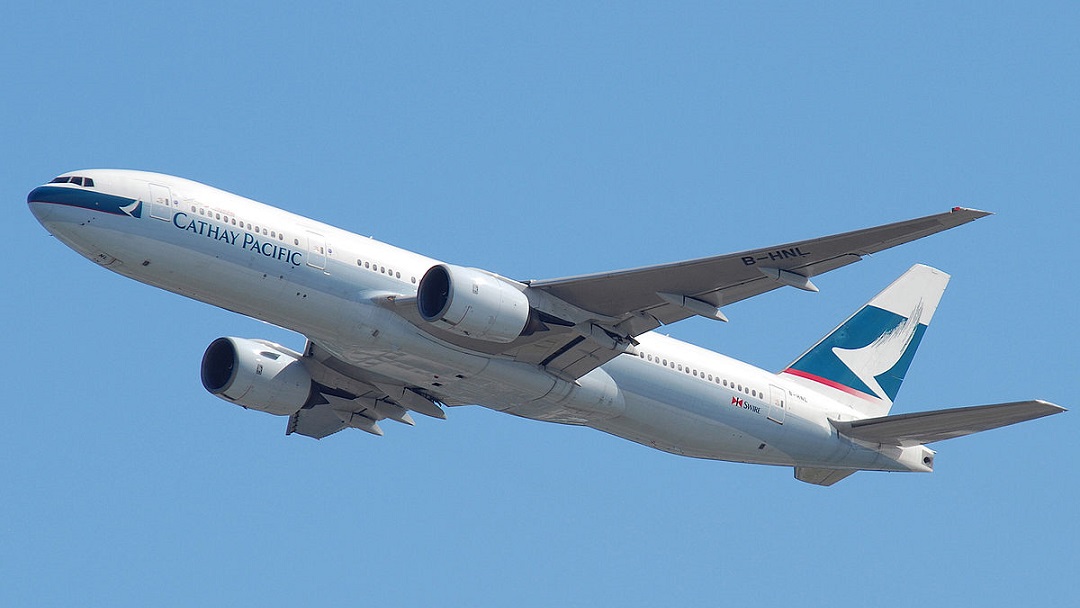
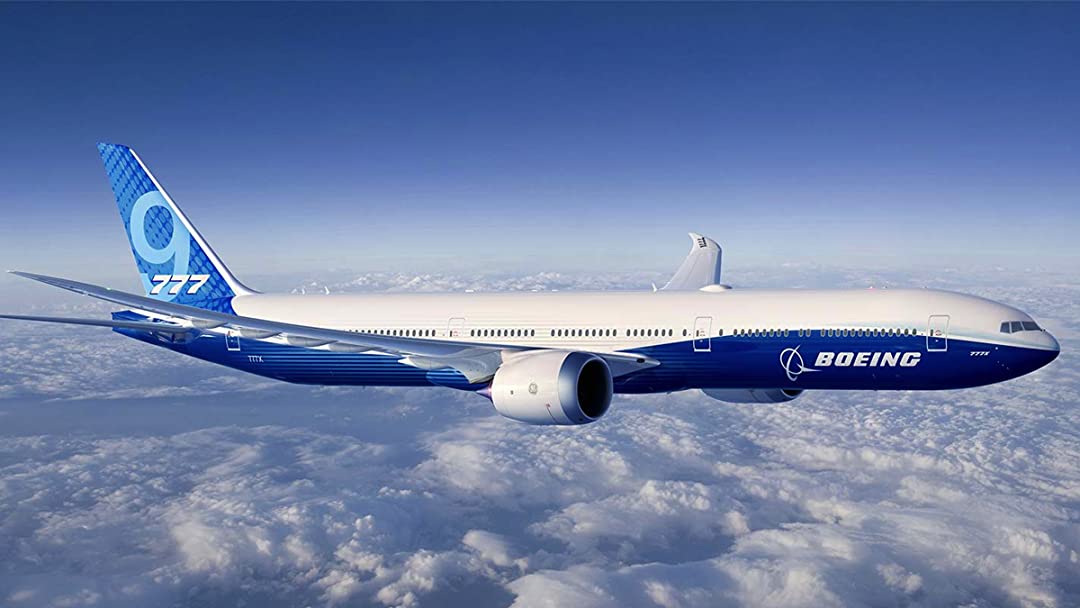
Boeing 777-200 Boeing 777-9
The extraordinary power required for the Boeing 777-9, which is planned to start commercial flights in 2023, will continue to be produced with only 2 engines. We are very curious about which aircraft model and engine will break this new record in the future.
